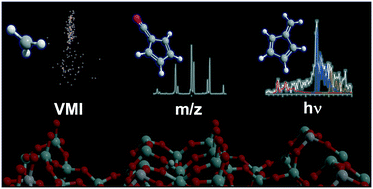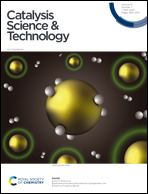New analytical tools for advanced mechanistic studies in catalysis: photoionization and photoelectron photoion coincidence spectroscopy
Abstract
What are the reaction mechanisms responsible for the selective product formation in catalysis? How can we identify the reactive intermediates steering the reaction towards the desired reaction pathway? In this mini review, we explore novel in situ analysis techniques, such as photoionization and photoelectron photoion coincidence spectroscopy, to detect gas-phase reactive intermediates (radicals, carbenes, and ketenes) isomer-selectively. Mass spectrometry with tunable vacuum ultraviolet (VUV) synchrotron radiation is the first experimental approach to detect elusive species sensitively and selectively in catalytic oxidation reactions or the Fischer–Tropsch process. Further, we introduce a second analytical dimension, which utilizes imaging to enhance radical detection capabilities and provides strategies to address fragmentation in C–H activation of alkanes. Thereafter, we present photoion mass-selected threshold photoelectron spectroscopy as the third analytical dimension revealing spectroscopic fingerprints to assign the elusive intermediates unequivocally and isomer-selectively in lignin catalytic fast pyrolysis. Last, limitations and future perspectives are discussed.



 Please wait while we load your content...
Please wait while we load your content...